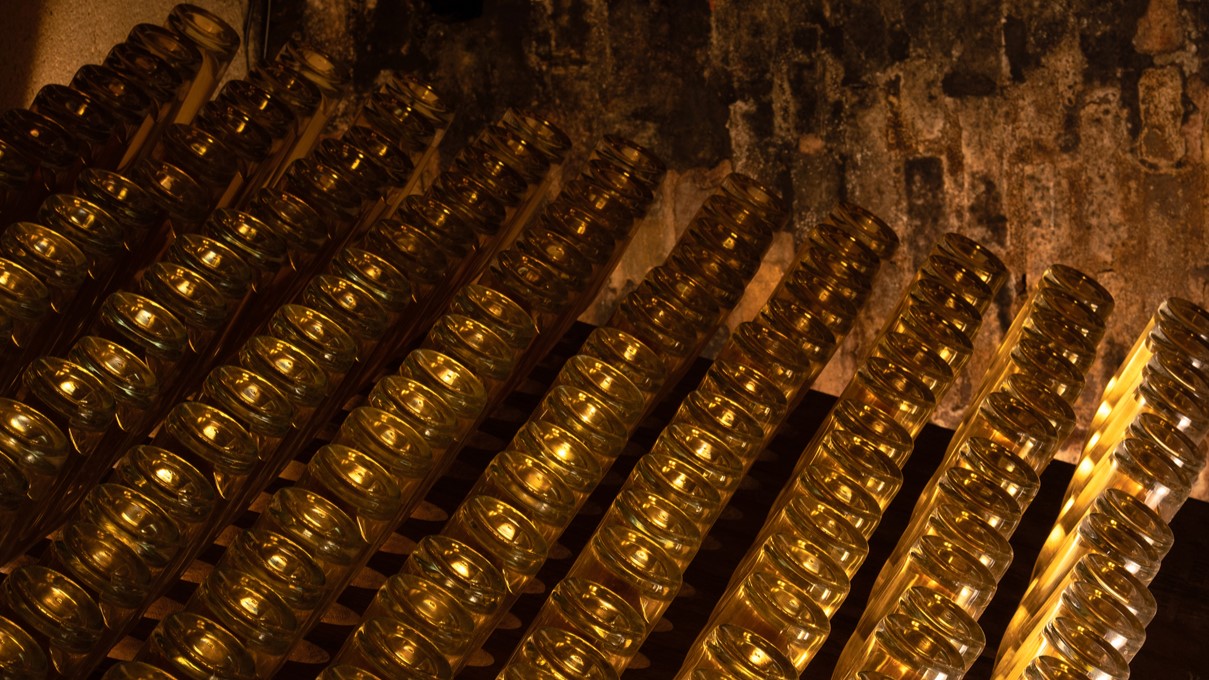|
- Delivery
- Price List
-
En Primeur
- 2024 Burgundy vintage report
- 2024 Bordeaux latest news
- 2024 Bordeaux vintage report
- 2023 Burgundy vintage report
- 2023 Burgundy releases
- 2022 Burgundy
- 2022 Burgundy vintage report
- 2022 Bordeaux vintage report
- 2022 Bordeaux latest news
- 2022 Bordeaux releases
- 2021 Burgundy vintage report
- 2021 Bordeaux latest news
- 2020 Bordeaux introduction
-
Archived vintage reports
- 2020 Burgundy vintage report
- 2019 Burgundy vintage report
- 2011 Brunello: Neil's trip report
- 2018 Burgundy: Colin's trip report
- 2018 Bordeaux preliminary report
- 2017 Burgundy: Colin's trip report
- 2016 Burgundy: Colin's trip report
- 2015 Burgundy: Colin's trip report
- 2013 Burgundy: Colin's trip report
- 2014 Bordeaux: Colin's trip report
- 2014 Burgundy: Colin's trip report
- Offers
- Unearthed
- New Listings
- Tastings
- Other Stuff
- Buying from us
- About Us
